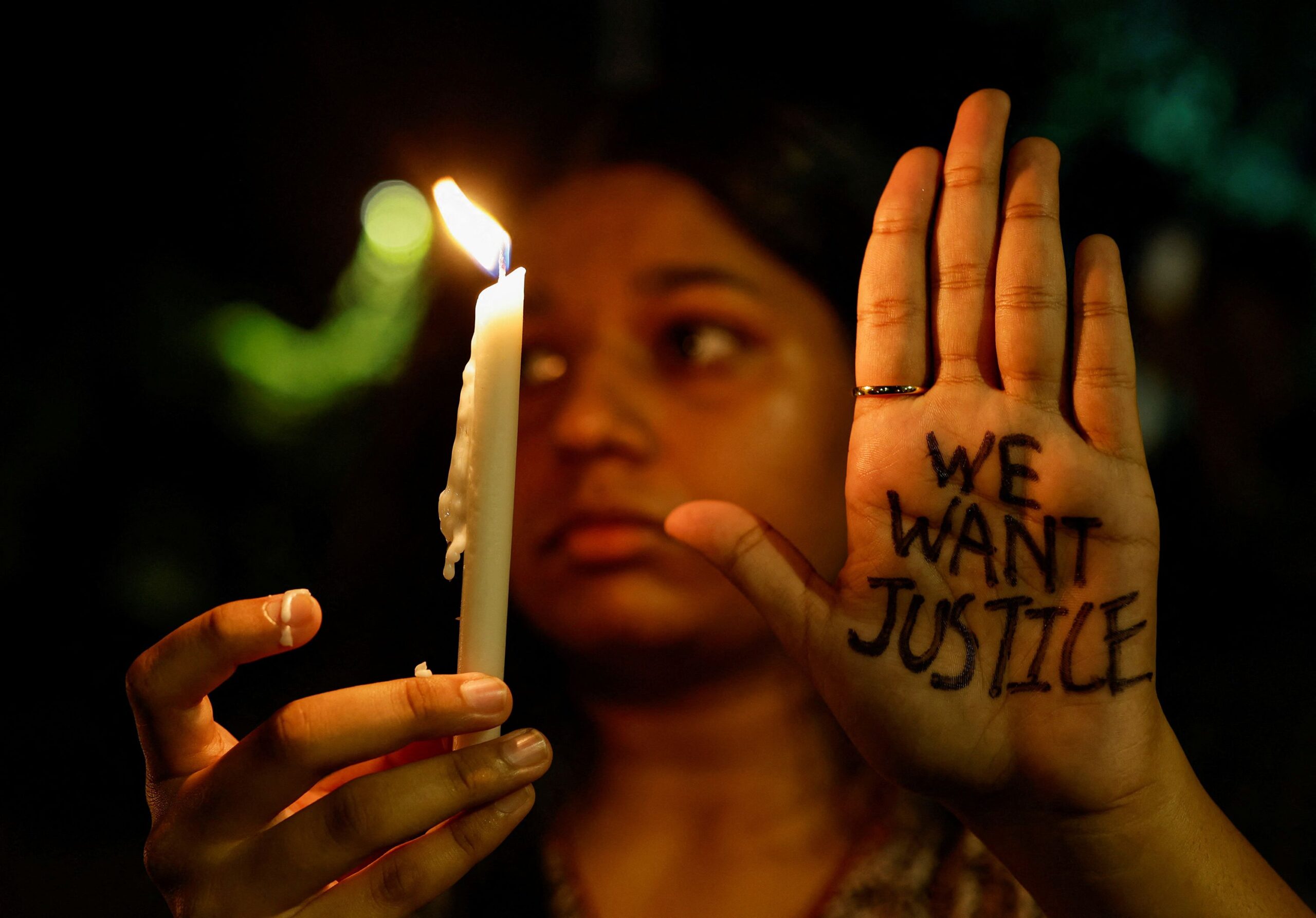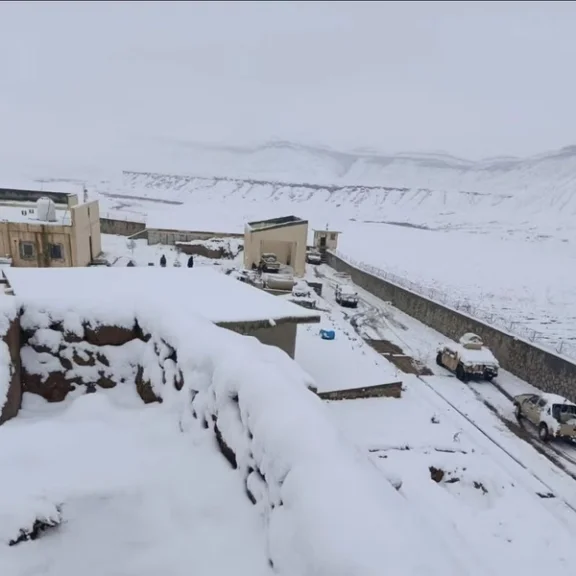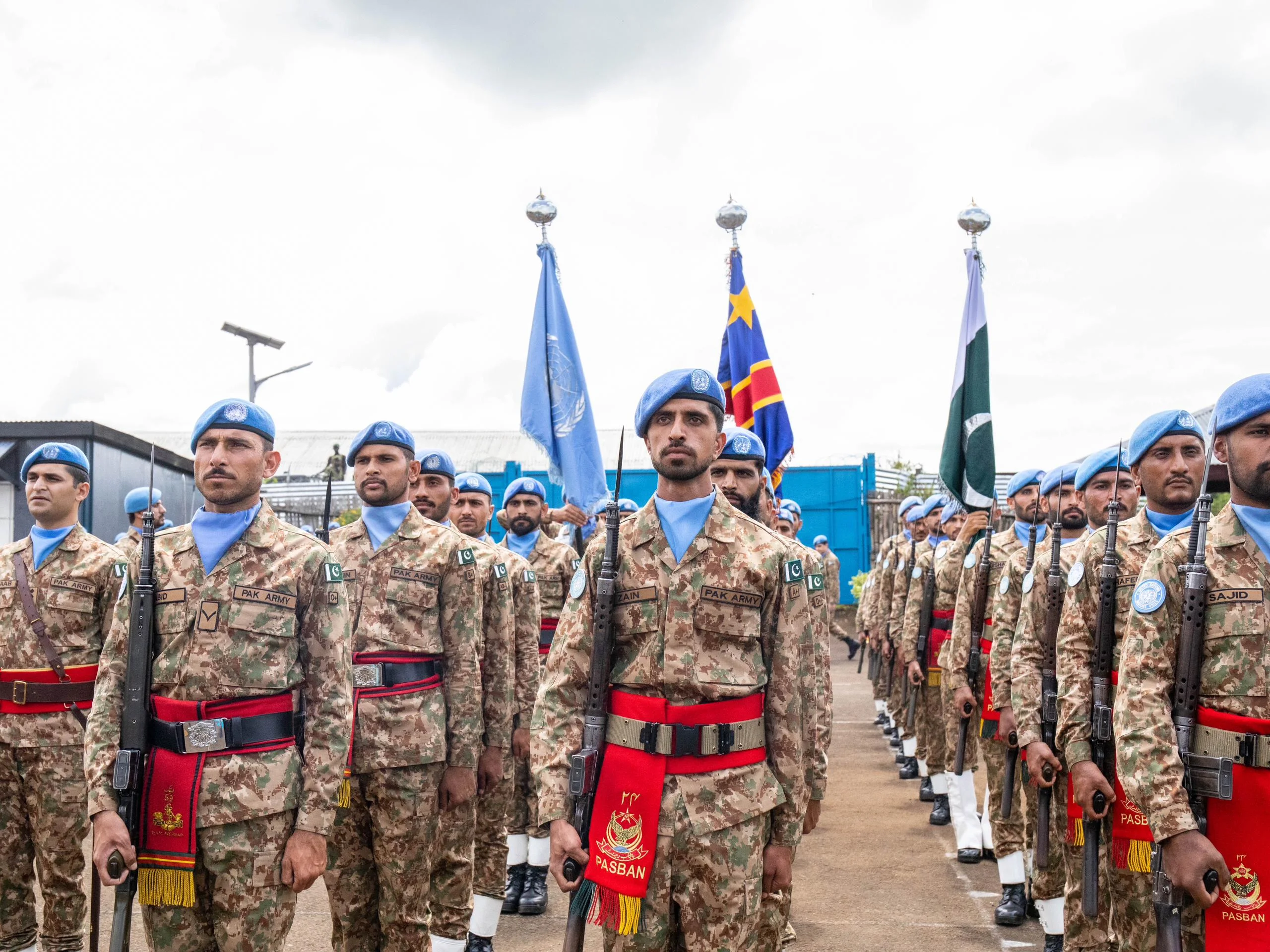India, often celebrated as a vibrant and colorful tourism hub, is facing a crisis that tarnishes its global image, a crisis that disproportionately affects women, particularly foreign travelers. In recent months alone, a disturbing wave of sexual violence has unfolded, revealing not just the brutality of individual crimes but a deeper institutional failure.
In Udaipur, a 30-year-old French national was raped in June 2025, igniting outrage and exposing yet again the glaring vulnerabilities foreign women face. This case is not isolated. From Manali to Hyderabad, Delhi to Jharkhand, women from Israel, Germany, Britain, and Brazil have all reported assaults within the past 12 months. Many of these attacks occurred in supposed tourist-safe zones, sometimes involving women who were simply trying to return to their hotels or were misled by locals posing as helpers or transport providers. In one tragic case, a British woman was raped by a man she befriended online; in another, a Spanish-Brazilian tourist was gang-raped in Jharkhand, while camping with her husband.
India’s National Crime Records Bureau (NCRB) reports between 30,000 to 34,000 rapes annually. Yet convictions remain shockingly low—only about 3%. Most cases see quick arrests made under media pressure, but only 20% progress to charges, and even fewer ever reach sentencing. The justice system appears less focused on justice and more on damage control. Among the reported rape survivors, nearly 6,000 each year are foreign nationals—an alarming number that raises urgent questions about safety protocols, law enforcement responsiveness, and diplomatic transparency.
The demographic breakdown adds another grim layer: 25% of victims belong to low-caste groups like Dalits and Adivasis; 16% are religious minorities; and 50% of all rape cases involve minors, elderly women, or blood relatives. In such a reality, the threat is neither random nor rare, it is systemic.
This crisis is not new. Between 2013 and 2018, India saw a string of horrifying cases: a Swiss tourist gang-raped during a cycling trip in Madhya Pradesh, an American backpacker raped in Manali, a Latvian woman drugged and murdered in Kerala. Despite international coverage and diplomatic concern, the country’s response has largely remained superficial.
India’s tourism slogan, “Incredible India,” now stands in stark contrast to its on-ground reality. For countries like Pakistan, whose citizens frequently travel across borders for work, education, or leisure, these developments are not just alarming—they are consequential. As Pakistan continues to raise issues of minority rights and systemic abuse in India, the increasing threat to foreign women must also be called out as a regional human security issue.
Any country cannot continue to market itself as a global cultural destination while failing to protect the most basic rights of women—foreign or domestic. Until institutional reform replaces symbolic arrests, and until conviction becomes the norm rather than the exception, the world must reckon with a harsh truth: for women in India, especially those visiting from abroad, the danger is real, and justice is still out of reach.






